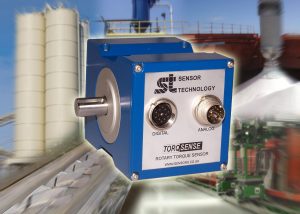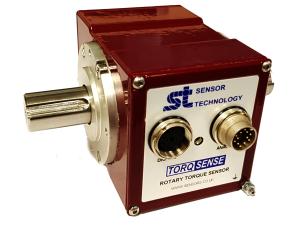Dry bulk handling is en route to becoming a precision science with a level of control previously undreamt of, thanks to 20 years of research and development into digital non-contact torque monitoring.
Dry bulk handling is following many other industrial processes that have been redeveloped from a ‘black art’ to a highly accurate and controlled procedure.
A generation ago much of industry was in the hands of time-served artisans who relied on their many years experience to tweak and tease operations to ensure a good result. Usually they were unable to explain why they made the decisions they did, but the results generally turned out OK!

While the idea of horny handed sons of toil is all very romantic, it is hardly the stuff of modern industry where precision has to be the watchword – where margins and timetables are so tight that every thing must be controlled to within very demanding tolerances.
Computers have of course been crucial to this advancement, and it is developing the ability for them to ‘see’ what is actually going on and constantly retune the process that is the heart of the matter.
“Technically we call this real time data collection,” says Tony Ingham of Sensor Technology Ltd, one of the companies at the forefront of current developments. “It’s the eyes and ears of the computerised system that constantly monitor what is going on. With that information flowing, the computer can then do its bit.”
Real time data is collected by having sensors monitoring the critical variables of an industrial process. This is fed straight to a computer which can perform a number of tasks related to the process. For instance, it can optimise one variable against another, convert raw data to useful information, or summate data for complex analysis.
However, some critical data can be hard to collect and that is where Senor Technology’s research into torque monitoring comes in. Nearly all machines are driven by a motor through a rotating shaft, and monitoring the torque, speed and power in this can provide masses of useful information.
“Consider a screw conveyor or auger,” explains Tony. “If this is rotating empty, it requires little power from its drive shaft. If it is half full, it requires rather more, and if it is completely full its needs a lot more.”
“The same goes for speed – the faster, the more power consumed.”
“And the denser the material being conveyed, the more power required.”
“So by constantly measuring the torque in the driveshaft, we can determine the volume and weight of material conveyed.”





